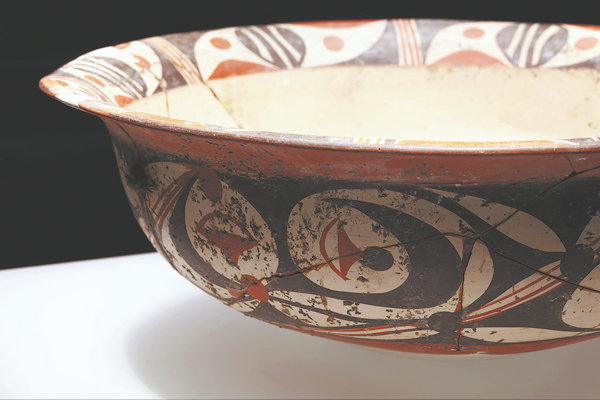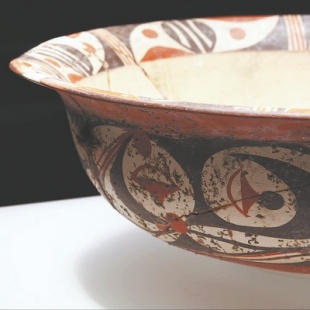Henan artifacts bring early civilization 'to life'


Visitors to the brand-new museum of the Dahecun ruins will experience a real-life journey through the evolution of Chinese civilization dating to as early as 7,000 to 5,000 years ago.
Located in Zhengzhou, Henan province, the Dahecun Site Museum showcases more than 1,000 artifacts, unrolling a panorama of civilization from the early Yangshao period to the Shang Dynasty (c.16th century-11th century BC), with the help of new technology.
Over 70 percent of artifacts made their public debut at the museum opened for trial operation on China's annual Cultural and Natural Heritage Day on June 14.
Discovered in 1964, the 530,000-square-meter Dahecun site is a large ancient settlement encompassing four archaeological cultures: Yangshao (dating back 7,000 to 4,600 years), Longshan (dating back 4,500 to 4,000 years), Xia Dynasty (c.21st century-16th century BC) and Shang.
According to Hu Jizhong, the museum's director, the site fully documents the origin, formation and development of Yangshao culture, earning it the title "yardstick of Yangshao culture".
Studies of Yangshao culture, famed for its painted pottery, also witnessed the birth of modern Chinese archaeology in the 1920s.
"The new museum features a 7,292-square-meter exhibition space showcasing over 1,600 exquisite artifacts from more than 30 sites, 70 percent of which are displayed publicly for the first time," Hu says.






































